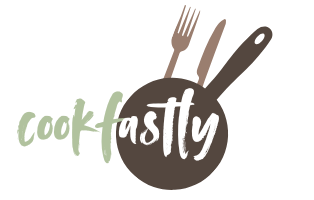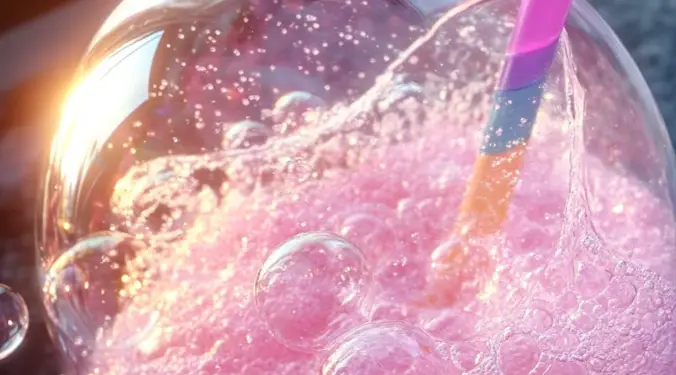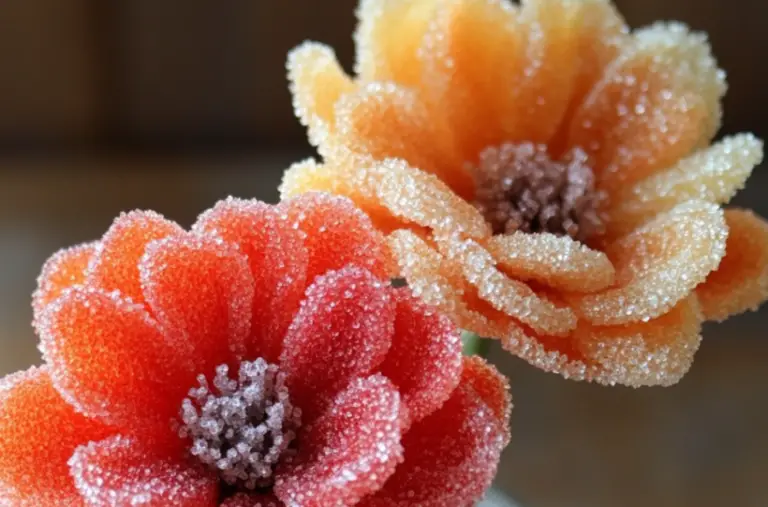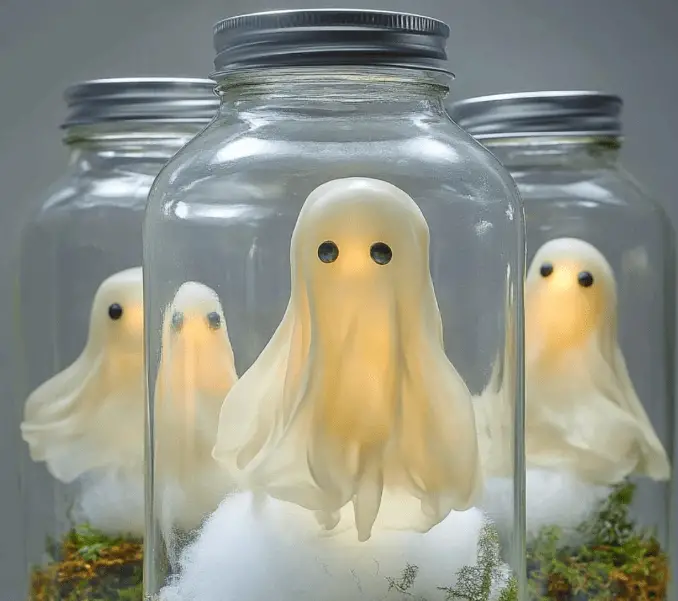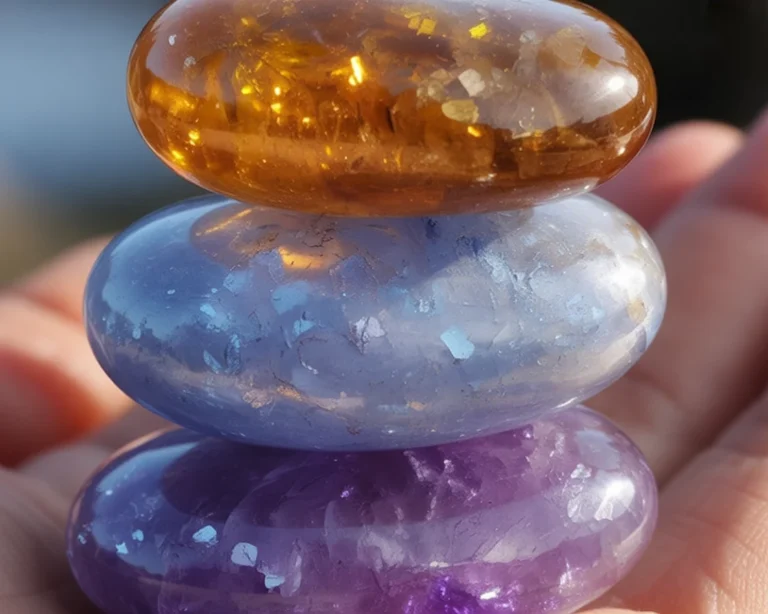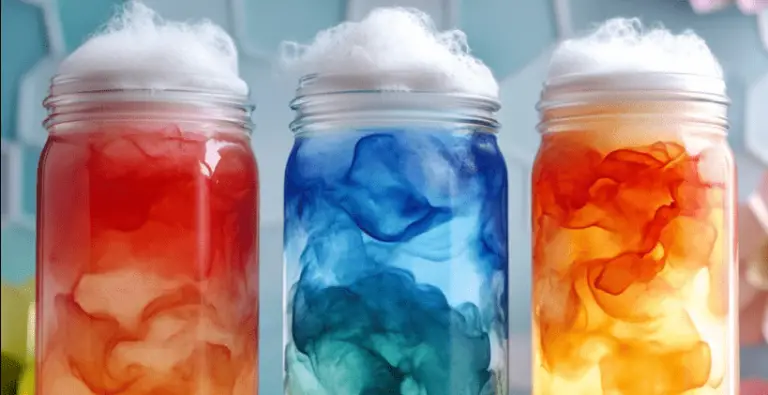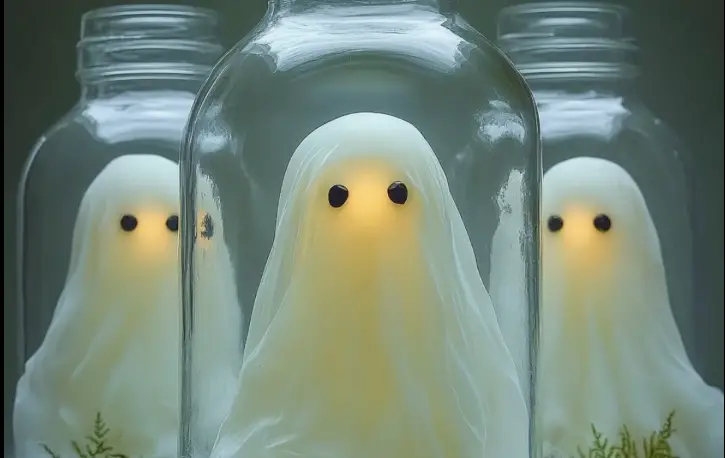Bubble Painting for Kids: A Colorful DIY Craft That Sparks Creativity
Looking for a playful and artistic activity to spark your child’s imagination? Bubble Painting is a fun, vibrant, and simple DIY craft that turns colorful bubbles into unique works of art. This engaging activity blends the excitement of bubbles with the freedom of painting, making it a favorite for kids of all ages. Whether you’re crafting on a rainy day, planning a birthday party, or adding a hands-on element to an art lesson, this project delivers joy and creativity in every pop.
Bubble painting is more than just a fun distraction—it’s also a fantastic way to develop motor skills, explore color mixing, and teach cause and effect through action-based learning. Kids not only enjoy blowing and watching the bubbles form, but they’re also amazed when those bubbles leave behind bold, abstract prints on paper.
/
Table of Contents
Ingredients
To get started with bubble painting, you’ll need a few basic supplies:
- Cups
- Straws
- Paint (washable or tempera is ideal)
- Washing up liquid (dish soap)
- Water
- Towels (for cleanup and to protect surfaces)
All of these items are commonly found at home, making bubble painting a low-prep, low-cost activity that provides maximum fun. For younger children, supervision is necessary, especially when using straws to blow bubbles into the paint mixture.
Instructions
1. Prepare your color stations
Set up several cups or small containers, one for each paint color. Start by adding a generous squirt of paint and a splash of washing up liquid to each cup.
2. Add water and mix
Pour in a bit of water to dilute the paint and help the bubbles form. Mix well using a straw or spoon until the liquid is evenly blended.
3. Time to blow bubbles
Show the children how to gently blow through the straw into the cup to create colorful, foamy bubbles. It’s very important to remind them not to inhale through the straw. If any of the mixture is accidentally ingested, encourage them to spit it out immediately and consult a doctor if needed.
4. Create the artwork
Once the bubbles rise above the rim of the cup, carefully press a sheet of paper over the top to capture the bubble shapes and colors. Lift the paper to reveal the vibrant patterns left behind.
5. Try different styles
You can set a theme—like flowers, planets, or fireworks—or let the kids create free-form bubble art. Another fun idea is Bubble Volcanoes. Instead of using paper, let the bubbles spill out onto the table to make massive foam eruptions. This is especially thrilling when kids experiment with blowing different amounts of air to see how the bubbles react.
6. Clean up
Use towels or rags to wipe up any spills and guide the kids in helping clean the table and supplies. This teaches responsibility while wrapping up the experience with a satisfying conclusion.

Benefits of This Craft
Bubble painting is much more than a fun mess. It offers numerous developmental and educational benefits for children:
- Strengthens oral motor skills through controlled breathing
- Enhances fine motor skills as children hold straws and control bubble output
- Encourages creativity and abstract thinking through color and design
- Introduces basic concepts of cause and effect
- Offers a sensory-rich experience by combining sound, sight, and touch
- Provides a platform for expressive play and visual storytelling
This craft is especially effective for early learners, preschoolers, and children who thrive with sensory-based activities.
Tips
- Use non-toxic, washable paints to keep the activity safe and easy to clean
- Cut slits in the tops of the straws to prevent suction, especially for younger kids
- Cover the workspace with newspaper or a washable tablecloth to minimize mess
- Blow slowly and gently to produce bigger bubbles without spilling
- Encourage experimentation with color mixing by letting kids blend their own shades
If you’re planning a group activity, set up a separate station for each child to prevent spills and keep the supplies organized. You can even label each cup with the child’s name or the color being used.
What Does Bubble Painting Look Like?
The results of bubble painting are whimsical, bold, and completely unique. Each print captures the layered rings and bursts of expanding bubbles, creating a look similar to abstract watercolor or tie-dye. The patterns range from subtle pastel circles to vibrant explosions of color. Because no two prints are the same, kids get a sense of accomplishment from creating something that’s entirely their own.
The finished artwork is often worthy of display—on the fridge, in frames, or even as handmade greeting cards or wrapping paper.
How to Store
If you have leftover paint mixture, you can store it in sealed containers for a few days. Just make sure to stir well before reuse as the contents may separate over time.
For storing the artwork:
- Allow each sheet to dry flat on a clean surface to prevent smudging
- Once dry, stack the paintings with sheets of wax paper or parchment between them to avoid sticking
- Store in a portfolio folder or large envelope to keep them flat and protected
You can also laminate the best pieces to preserve them or scan the artwork to create digital versions for printing or archiving.
Conclusion
Bubble painting is a simple, captivating, and educational craft that brings joy to kids and parents alike. It invites creativity, exploration, and hands-on learning, making it a perfect choice for weekend fun, classroom projects, or even stress-free holiday activities. With just a few materials, children can create their own colorful masterpieces while developing essential coordination and sensory skills.
Whether you’re looking to fill an afternoon or create a new art-themed routine, bubble painting is a winning idea that kids will ask to repeat again and again.
For more inspiration and creative crafts for kids, visit More DIY craft ideas and explore a world of projects designed to make learning fun.
FAQ
Is bubble painting safe for toddlers?
Yes, with close supervision. Use non-toxic materials and cut the tops of straws to prevent suction.
Can I use food coloring instead of paint?
You can, but food coloring may not be as vibrant or may stain more easily. Washable tempera paint is recommended.
What type of paper works best?
Thicker paper like cardstock or watercolor paper holds up better to moisture and creates sharper prints.
Do I need to use washing up liquid?
Yes, the dish soap is essential for creating bubbles. Without it, the paint and water won’t bubble effectively.
How long does the artwork take to dry?
Usually between 30 minutes to 1 hour, depending on how wet the paper is and the room temperature.
